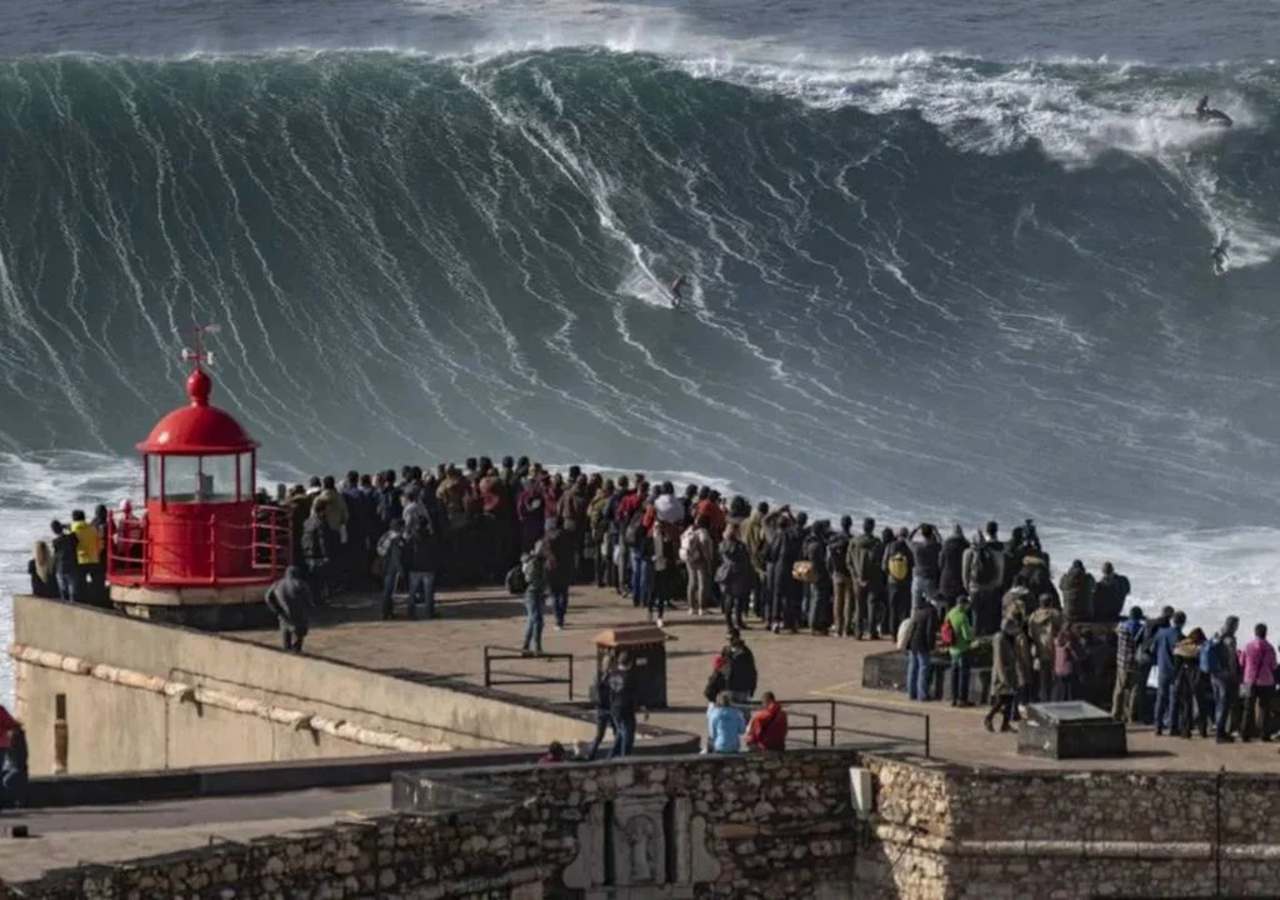Imagine cruising along the Pacific coastline on a quiet day when suddenly, a massive wall of water rises up, as tall as a four-story building. No storm, no warning—just one rogue wave appearing out of nowhere. That’s exactly what happened near Ucluelet, British Columbia in November 2020. And nearly five years later, scientists are still talking about it.
A Record-Breaking Rogue Wave Off the Coast of Canada
It wasn’t the tallest wave ever recorded—but it may be the most extraordinary. A buoy managed by MarineLabs spotted a rogue wave soaring 17.6 meters (57.7 feet) high—nearly three times taller than the surrounding waves.
By scientific standards, any wave twice the height of surrounding swells qualifies as rogue. This one shattered that definition. In fact, two years after the incident, researchers confirmed it as the most extreme rogue wave ever measured in terms of proportion. As physicist Johannes Gemmrich put it, it was “probably the most extreme rogue wave ever measured.”
And here’s the kicker: it didn’t come during a storm. It formed in calm seas, making it even more alarming.
How To Clean Glass Shower Door To Eliminate Soap Scum And Hard Water Stains
Goodbye to energy dependence – Alaska discovers more than 1,200 TWh hidden under the ice, and the find could change the world
From Sailor’s Tales to Scientific Fact
For centuries, sailors swapped terrifying stories of sudden, towering waves that came out of nowhere and sank ships. These tales were dismissed as exaggerations—or myths—until January 1, 1995. That’s when a sensor on the Draupner oil platform in the North Sea recorded a 26-meter wave in real-time. It changed ocean science forever.
Since that day, similar rogue waves have been confirmed. But none have baffled scientists quite like the Ucluelet wave. It didn’t just appear—it defied expectations.
A Quiet Threat That Could Strike Any Time
The Ucluelet wave was recorded by a high-tech buoy, part of MarineLabs’ initiative to monitor coastal threats in real-time. The goal? Improve safety for ships, oil platforms, wind farms, and communities along the coast.
MarineLabs CEO Scott Beatty explained:
“Our mission is to improve safety and decision-making for offshore operations and coastal communities through real-time, wide-area wave data.”
Although rogue waves are rare, they pose a real and dangerous threat. Some experts believe these monster waves may have caused several mysterious shipwrecks in the 1970s, where wreckage suggested a violent, sudden impact that had no obvious explanation—until now.
Are Rogue Waves Getting More Common?
Here’s where things get even more unsettling: as climate change continues to warm the oceans and alter wind patterns, scientists say rogue waves could become more frequent.
A 2020 study warned that wave heights in the North Pacific are already rising. More recent models suggest that future rogue waves could be up to four times more massive than previously thought.
That’s no longer science fiction—it’s a developing reality. If one wave can strike without warning, what happens when more begin to form?
Goodbye Pepsi: Costco makes a major decision that completely changes its strategy with sugary drinks
How detonating a nuclear bomb could protect planet Earth
The Ocean Still Has Secrets
I remember sailing near Vancouver on a still, quiet day—completely unaware that something powerful could be forming beneath the waves. Events like the Ucluelet rogue wave are a stark reminder: the ocean is full of mysteries we haven’t solved yet.
Understanding those mysteries isn’t just about curiosity—it’s about survival. For coastal communities, offshore workers, and everyday sailors, rogue waves are more than a phenomenon. They’re a growing threat in a changing world.
Have you ever experienced rough seas or witnessed strange wave patterns? Let us know in the comments. And if this article surprised you, share it with someone who needs to see how powerful—and unpredictable—our oceans really are.
